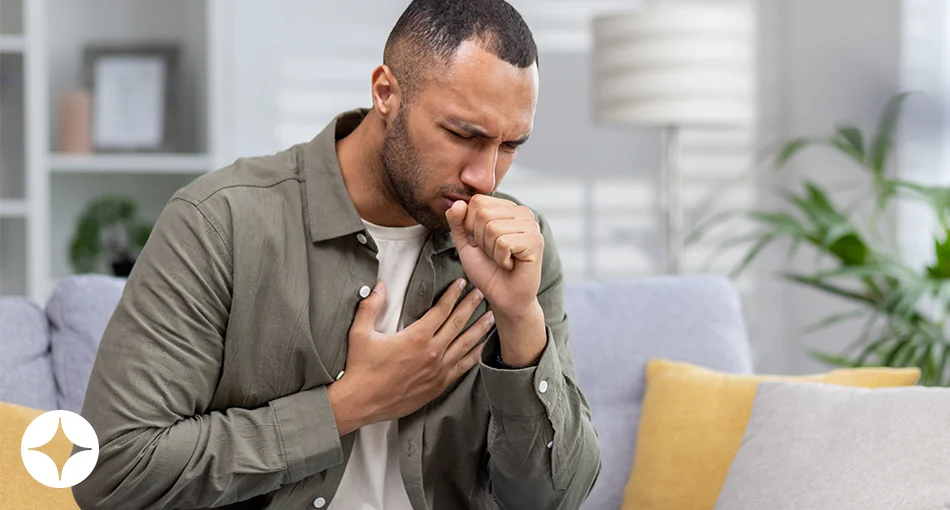
An estimated 33 million Americans1 who have been diagnosed with sleep apnea use CPAP (continuous positive airway pressure) therapy to keep their symptoms under control. A CPAP machine consists of a mask worn over the nose – and sometimes the mouth – that increases air pressure in the throat to prevent the airway from collapsing.
CPAP therapy2 is one of the most common methods of treatment for sleep apnea, and is widely considered the most effective nonsurgical treatment3 for this disorder. While it's generally safe and painless, there are some side effects associated with CPAP therapy – but the good news is that they're easy to fix.
If you begin experiencing any of the following symptoms4, your CPAP machine could be the culprit:
- Congestion
- Runny nose
- Sneezing
- Sore throat
- Skin irritation
- Airway/lung irritation
- Respiratory infection
Once you've identified your symptoms, it's time to get to the bottom of why they're occurring and what you can do to stop them. Here are a few likely scenarios, as well as some simple solutions:
- Your CPAP mask doesn't fit you properly. If you're experiencing skin irritation, this is likely the reason why. Fortunately, there are many different mask styles in varying shapes and sizes for you to choose from. Consult your doctor to learn more about your options.
- You're not cleaning your mask well enough. While the CPAP machine itself is a relatively clean device, it can pick up bacteria and viruses5 from your face, your humidifier tank, or even from the air inside your home, increasing your chances of getting sick. For this reason, it's critical that you clean your CPAP equipment regularly as recommended by the manufacturer.
- You need to use a heated humidifier. CPAP therapy may cause your throat to feel sore, as the air that passes through has the tendency to dry out the airway. One way to eliminate the problem of a CPAP sore throat is to use a heated humidifier with your mask for increased comfort.
- You're allowing moisture to accumulate in your mask and tubing. It's natural for there to be some moisture, especially if your CPAP mask has a heated humidifier – but too much moisture can be a breeding ground for mold, bacteria and viruses. With this in mind, it's important to keep your equipment as dry as possible when it's not in use – and to allow it to dry thoroughly if you wash it with soap and water.
Always follow the CPAP manufacturer's guidelines for cleaning your CPAP machine and accessories. By properly cleaning dirty CPAP equipment, you can get the most out of this treatment and sleep soundly without sleep apnea getting in the way!
References
- National Council on Aging: Sleep Apnea Statistics and Facts You Should Know
- National Heart, Lung, and Blood Institute: What is CPAP?
- WebMD: How to Sleep Easier With Your CPAP Machine
- Sleep Foundation: CPAP Side Effects
- Comprehensive Sleep Care Center: Can a Dirty CPAP Make You Sick?




